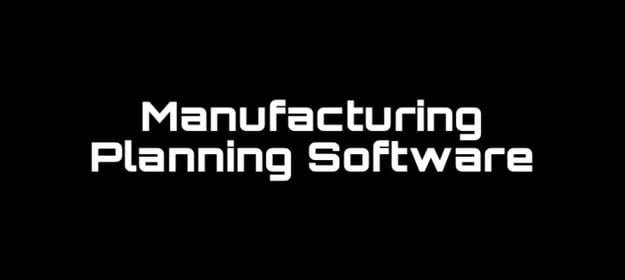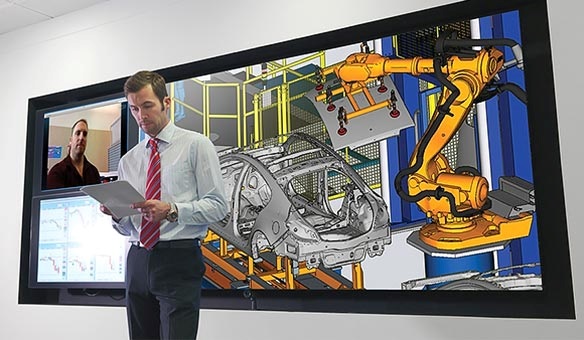Topics: Advanced Planning and Scheduling, Implementation, APS, analytics, enterprise resource planning, materials planning, Demand planning, implementation speed, operations planning, cloud based ERP, excel
Selecting a production planning software program is a purchase that can affect all aspects of your company. Every program and subsequent scheduling method has its own unique set of advantages and disadvantages, however. Before making a decision on which type of program is best for your company, it’s important to be familiar with all of the choices available on the market.
Some of the earliest production planning software programs were actually created by floor managers and production engineers as Excel spreadsheets. While these were (and still are) fairly simple to create, they have a few serious limitations. Excel spreadsheets have to be manually updated; there is no function that allows them to respond to events that are happening on the factory floor. Making changes to a file requires all users to close the program and re-open it in order for them to view the corrections. This usually means “corrected” schedules are printed and manually distributed in order to ensure that all employees have the most recent copy. Finally, it is very time and labor intensive to make changes or know the impact of proposed schedule adjustments on other orders. There are few options available to determine if the changes made are the most efficient way to deal with a problem, and no way to know if they are the most cost-effective approach.
Excel spreadsheets are a good stop-gap measure for a production facility if nothing else is available. Companies that are focused on growth, however, will quickly outgrow this method of scheduling.
ERP software systems were some of the first automated planning systems introduced in many factories. While they have the capacity to be updated and changed by multiple users, they do have some limitations.  Their scheduling flexibility is usually the biggest problem. They usually cannot be adapted to create material and capacity constrained schedule that are accurate enough for production to follow. As a result, most companies that try to use ERP scheduling end up reverting to manual spreadsheets for the flexibility.
Their scheduling flexibility is usually the biggest problem. They usually cannot be adapted to create material and capacity constrained schedule that are accurate enough for production to follow. As a result, most companies that try to use ERP scheduling end up reverting to manual spreadsheets for the flexibility.
These programs are good for processing transactions such as orders and inventory movements but lack the depth of function needed to effectively create production schedules.
Advanced planning software is a comprehensive system that is designed to address all aspects of the production planning and scheduling process. These systems provide a framework for receiving orders, then immediately turn those orders into production schedules for factory floors all over the world. Those schedules can be changed at any point in time to respond to customer demand; it is possible for orders to be modified in the middle of a production run.
APS systems do more than simply control scheduling, however. They are also capable of predicting bottlenecks, timing raw material needs, and improving efficiency through advanced optimization techniques. By analyzing data from past sales, purchase orders, and production runs, it is possible for the software to predict everything from the place to run an order to the impact that a proposed schedule change will have on your customers.
APS systems are an excellent choice for dynamic, growth-oriented companies that are looking to increase their efficiency at a minimal investment cost.
Topics: Advanced Planning and Scheduling, Implementation, APS, analytics, enterprise resource planning, materials planning, Demand planning, implementation speed, operations planning, cloud based ERP, excel
0 Comments
No video selected
Select a video type in the sidebar.







LEAVE A COMMENT